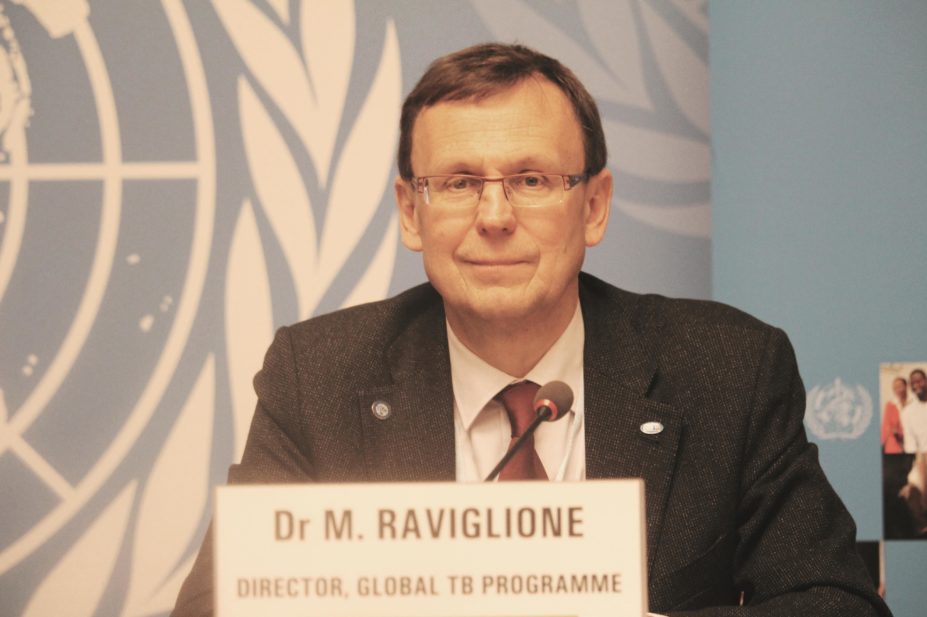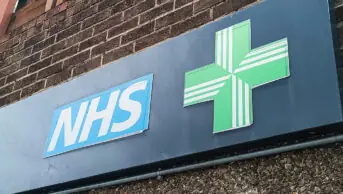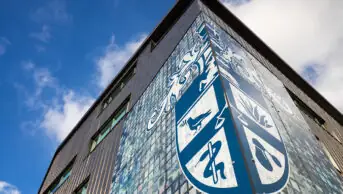
John Zaracostas
To coincide with World Tuberculosis Day on 24 March, the World Health Organization has called for support to achieve an ambitious new 20-year strategy to end the tuberculosis epidemic by 2035. Mario Raviglione, director of the WHO’s Global TB Programme, explains how the strategy will be implemented.
What are the key elements of the WHO’s new 20-year strategy to end TB?
We used to have a strategy 20 years ago that was called the DOTS [Directly Observed Treatment, Short Course], which was focused on TB intervention. Later we modified it and expanded it with the Stop TB Strategy, which ends this year. Now, the new End TB Strategy is a further evolution of the previous strategies. It has three pillars. The first deals with the most modern ways of managing tuberculosis. The second pillar is called bold policies and supporting systems, which explains what needs to be done at the health system level in a much broader environment, including policies for universal health coverage or social protection. Without this surrounding environment, no TB control programme could achieve the levels of reduction we want. Finally, there is a third pillar on research, which emphasises the need for new tools.
Without this surrounding environment, no TB control programme could achieve the levels of reduction we want
How do you plan to roll out the strategy?
In 2014, all the world’s ministers of health approved it. So, all countries have to put this strategy in place. There is no exception. We are saying adapt the global strategy to your own situation. The strategy, in principle, begins in 2016. This year, we are doing everything possible to promote the adoption of the strategy. It will definitely require increased commitments because the strategy is broader than previous ones. It adds technological advances in pillar one. This includes making available for every patient what is available in the rich countries, for example, to detect immediately if a person has a simple form of TB or multidrug-resistant tuberculosis (MDR-TB.) This will require additional investments and laboratories will need to be strengthened to deliver better and earlier diagnoses. It also requires focusing more on vulnerable communities and groups, and those socially deprived.
What outlays are needed to meet the global TB challenge, given each year 1.5 million people still die from TB?
For 2015, the estimate is we need US$8bn for implementation of TB control interventions. Countries are now contributing towards 75–80% of this figure, so 20–25% is what the international community and donors are supposed to complement to reach US$8bn. At the moment, the amount available is around US$6bn, which means a gap of US$2bn. Finally, there is a research component that requires an additional US$2bn. Now, research investments are around US$670–680m so there is a gap of US$1.3bn.
What will be the annual monetary requirements for the new strategy?
We don’t know yet, but probably we will need at least US$10bn.
The new strategy foresees that, if we optimised all the tools we have, we could get the incidence down 10% per year by 2025
The strategy aims to reduce TB cases by 90% and TB deaths by 95% by 2035 compared with 2015. Is this achievable?
During the 1990s, TB incidence was growing fast by about 2–4% per year. This peaked in 2002–2003, after which the decline began. Now we are not talking about stopping TB, but about ending it. But the problem is that the decline is going down at only 1.5% per year. The new strategy foresees that, if we optimised all the tools we have, we could get the incidence down 10% per year by 2025. But afterwards, we would need new tools to increase the reduction in cases at an even faster pace.
How big is the TB diagnosis gap?
There are today 6 million new cases that are reported to WHO. However, we estimate the total number of cases in the world is today about 9 million. So, there is a gap of 3 million cases that are not in the system. Probably a large number of those are patients being taken care of in the private sector without notification. However, there are other cases that have never sought care simply because they are too poor, or do not know they have TB.
Does the strategy address patients ill with both HIV and TB?
The strategy emphasises, like the old one, HIV-TB activities and recommends, where there are opportunities, integrating services. 80% of the cases of TB are associated with HIV/AIDS are from Africa. That’s 1.1 million cases in the world. So, in this context, it is impossible not to have collaboration between the two programmes.
What is the cost of TB drug treatment?
It is in the range of US$30–40 dollars for normal TB (four antibiotic drugs regimen for two months, and two of these four drugs for another four months, for a total of six months). But, when dealing with MDR-TB, a five-drug regimen that lasts 18–24 months, it may cost in the range of US$1,500 to US$5,000 in low- and middle-income countries, and in rich countries like the United States the estimate would be US$30,000–40,000.
Are there any new anti-TB drugs in the pipeline?
Besides the two new anti-MDR-TB drugs bedaquiline and delamanid, there is a new triple drug regimen PaMZ (pretomanid, moxifloxacin and pyrazinamide), which is being tested as a shorter regimen of four months, instead of six, for drug susceptible TB and also as a shorter regimen for MDR-TB, with results expected in late 2017 or early 2018.
Are there any prospects for a new vaccine against TB?
There are 12 candidate vaccines in the pipeline, of which four or five are in phase three trials, or advanced phase of development, and we are expecting some results in the early to mid-2020s. So, there is not much hope of getting an effective new vaccine before 10 years from now.


